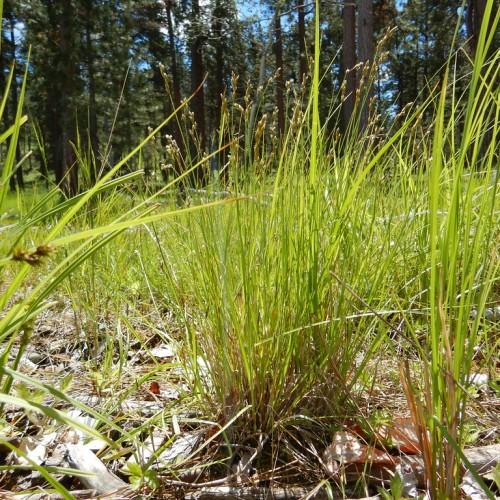
Slender Sedge
Carex tenera
Also Known As - Quill SedgeWatering:
Minimal
Hardiness Zone:
Sun:
part shade,full shade
Leaf:
Yes
Growth Rate:
Low
watering
European Woodland Sedge should be watered thoroughly once a week during the growing season. The best time to water is in the morning when the soil is still moist and temperatures are cool. This plant species prefers consistently moist soil, so make sure to provide plenty of water during hot, dry spells. To check the moisture levels, feel the top few inches of soil - if it's still moist, your plant doesn't need more water just yet. During the winter season, watering should be decreased to once or twice a month, or when soil appears dry.
sunlight
European Woodland Sedge needs partial sunlight to thrive. It is best to place this plant in areas with dappled sunlight during the morning and early afternoon hours. Sunlight endurance depends on the climate of its geographic location, but generally, it should receive at least 3 to 4 hours of sun per day to produce vibrant foliage. It should be kept away from direct sunlight during the hottest parts of the day because this can cause the leaves to burn and become discolored.
pruning
European Woodland Sedge should be pruned in early spring or late fall when the plant is newly sprouting. Pruning involves cutting off existing stems at a height of 8-10 cm above the crown of the plant, removing any dead or damaged shoots. Depending on the desired outcome, some shoots may need to be removed completely and others trimmed back to a specific shape. Cutting back dead or damaged parts encourages a bushier, fuller look. Additionally, removing excess dead foliage helps the plant to focus nutrients on new growth. Light pruning can be done throughout the growing season if necessary.
